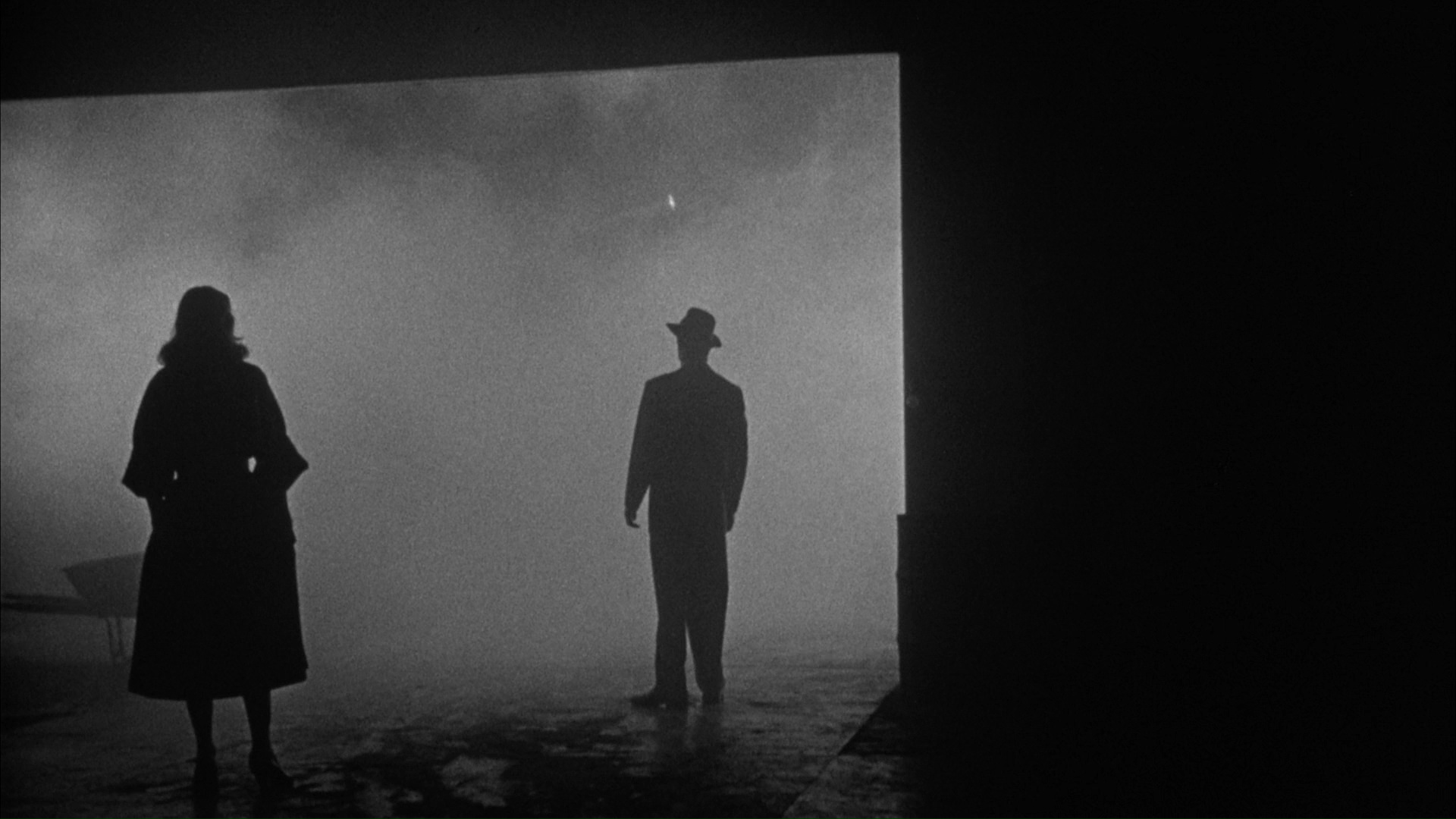As I was reading Jason Palmeri's
Remixing Composition: A History of Multimodal Writing Pedagogy, I realized something very important about my relationship to composition studies: namely, that I've reached a point in my young academic career where I'm clamoring to define "where I'm calling from," as Raymond Carver would have it, where I'm grasping for a pedagogy (or pedagogies) that in some way, shape, or form symbiotically match up to my general research interests in identity politics, digital literacies, political economy, and social justice. Throughout
Remixing Composition Palmeri speaks to so many of the unanswered questions and stultifying anxieties that have comprised my efforts to integrate multimodal composing into my pedagogies while remaining committed to inclusivity, situated learning, and, perhaps most important, rhetorical theory and practice.
For Palmeri, "the study and teaching of multimodal composing must necessarily be an
interdisciplinary endeavor" (155). Though effectively extolling the virtues (and, of course, the necessities) of approaching multimodal composing in an interdisciplinary manner and collaborating with scholars in different disciplines to study the creative process, he also makes it a point to articulate the specific ways in which compositionists might contribute to conversations about writing and education reform. By juxtaposing misguided and one-dimensional efforts to simply "teach students to become professional 'new media' producers" against the creative and productive tension that inheres in pedagogies that "engage [students] in reflectively considering how theories of rhetoric and process can travel across modalities" (153), Palmeri elucidates upon and appeals to a brand of multimodal composition that effectively and fervently contests "the rigid compartmentalization of knowledge in the modern university" (132). Indeed, much of what Palmeri discusses in
Remixing Composition seems predicated on the notion that "considerations of new media should not be left to 'computers-and-writing' or 'technical communication' specialists alone" (94), a claim that he supports by framing multimodal composition as a practice (or practices) entrenched in the need to acquire dynamic understandings of audience and purpose and a recognition of the affordances and limitations of various media and genres.
Yet, what I found most compelling and important about Palmeri's project in
Remixing Composition, was his general commitment to answering the enthusiasm and supposed liberatory potential of multimodal composition with an important challenge to the "field's tendency to fetishize 'new' technologies," a move that he suggests, "problematically works to reinforce racist and colonialist narratives of progress" (12). In this sense, efforts to locate "transferable composing skills" that speak to school, civic, and workplace contexts are always tempered by a call for trepidation, a call for
teaching methodologies that integrate matters of racism, classism, sexism, and so forth into the very infrastructure of multimodal composition pedagogies. This seeming call for
teaching methodologies resonates with me, because it accentuates multivalent issues of access, literacy, social justice, and stakeholders, not as an after-thought or sub-section to multimodal composition theory and practice but as the very metric by which compositionists organize and students engage with assigned/required technologies, course content, and major inquiry projects.
Questions for Jason Palmeri about Remixing Composition
1) Much of
Remixing Composition seems to extol the virtues (and historical precedents in the field) of compositionists being promiscuous, so to speak, in their efforts to form multimodal composition pedagogies around productive intersections between composition and the allied arts. You even go so far as to say that "considerations of new media should not be left to 'computers-and-writing' or 'technical communication' specialists alone" (94). As English departments (or universities), like that of WSU, continue to maintain and/or develop rather prominent programs in digital, technology, and culture, and technical writing (courses that many instructors are granted opportunities to teach in addition to FYW) alongside their composition program, of course, how might instructors who are interested in multimodal composition go about crafting pedagogies and approaches to new media/multimedia composing in a way that will embrace the liberatory potential of multimodal composition while also remaining sensitive and hyper-aware of the different rhetorical and disciplinary demands/expectations that comprise these programs and their respective courses?
(Note: I do not necessarily ask this question with the intention of keeping these programs and courses in compartmentalized discursive and pedagogical spaces; rather, I approach this issue from the perspective of a graduate student and instructor whose research and pedagogical interests stretch across a disciplinary continuum ranging from FYW to digital, technology, and culture to technical writing (and beyond). As opportunities to teach different courses across these disciplines emerge in the future, I will certainly my enthusiasm for multimodal composition and new media/multimedia writing to the fore of my pedagogies, though I wonder, too, how I might make enough distinctions between these pedagogies where I am not simply exporting or re-tooling activities and major inquiry projects from one course to another.)
2) In Chapter 3 of
Remixing Composition, you caution compositionists against "painting all young students with the same broad brush" (114) in making assumptions about their existing functional, rhetorical, and critical literacies in using new media in and around prospective classroom activities. Beyond the prospects for assigning literacy narratives and/or "video documentaries," what other measures can compositionists take to speak to the obstacles that students face with material limitations, physical or mental impairments, and/or developing literacies?
(Note: In asking this question, I don't pre-suppose that a "purified" or "all-inclusive" pedagogy exists in which all of these and other obstacles are answered; rather, I hope to gain more insight into the ways in which compositionists might better tailor their classrooms, assignments, curricula, etc. to increase the prospects for dynamic learning opportunities and robust forms of participation among the broadest, most diverse student population possible.)







 He knew this was about more than just words, though . . .
He knew this was about more than just words, though . . .

